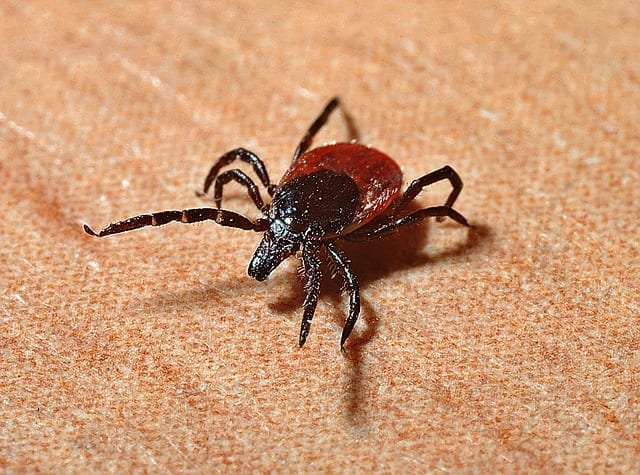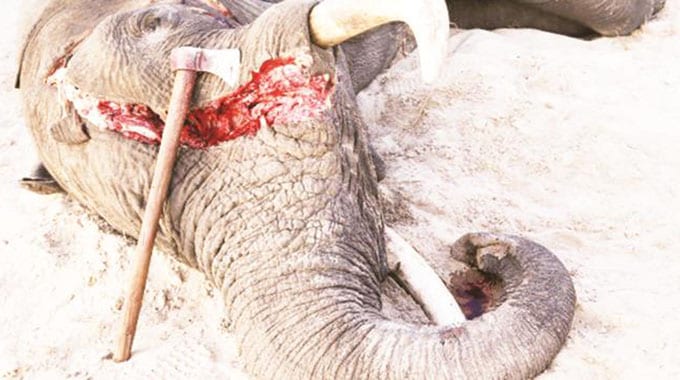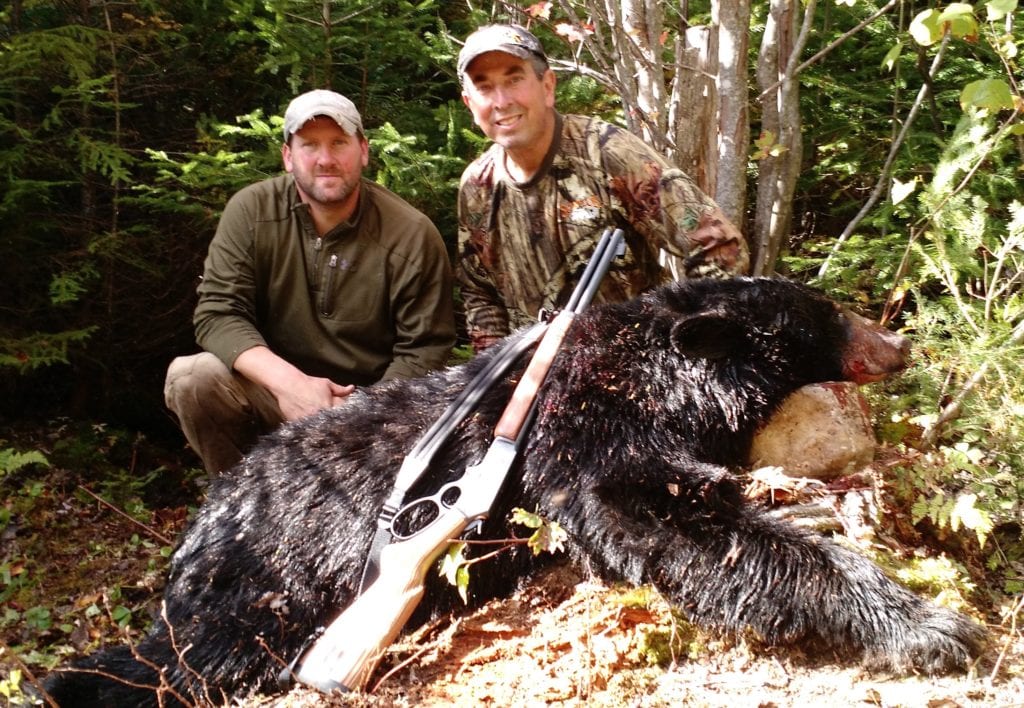Bill Conners
New York State Environmental Conservation Law allows archers to discharge their longbows and compound bows within 150 feet of a dwelling or other occupied structure. When using a crossbow, that restriction is pushed back to 250 feet.
Firearms setbacks are much more stringent; firearms cannot be discharged within 500 feet of an occupied dwelling or structure without the owner’s permission.
Many municipalities around the state have broadly interpreted the setbacks for firearms to include archery equipment, thus severely restricting the use of bows as a management tool in more densely populated areas.
Hunters for Deer, according to its website, “is a 501.(c)(3) not-for-profit corporation, dedicated to protecting the rights of hunters, as well as property owner’s, who choose to address deer conflicts through bowhunting.” The not-for-profit sued the Town of Smithtown in Suffolk County over its interpretation of the state law. The case was ultimately heard by the court of appeals and a decision was recently handed down that held that longbows could not be defined as firearms and the state’s hunting laws preempt local ordinances when it comes to the regulation of bows. The decision was unanimous.
This is an important decision because Smithtown’s overly stringent interpretation made it difficult to manage the deer herd in any meaningful way.
Outdoors: Breaking down the bear harvest from the 2021 hunting seasons
Outdoors: Here’s how Environmental Conservation Officers kept hunters, residents safe last year.
Outdoors: These women will lead the DEC’s law enforcement, fish and wildlife divisions
New York’s Department of Environmental Conservation joined the action of filing a “Friend of the Court” brief. In its lawsuit, Hunters for Deer claimed the town’s ordinance was overly restrictive and preempted by the state’s own hunting regulations. New York also filed an amicus brief in the case supporting the hunters.
The ruling does not actually settle the issue. The court’s decision did not say state law trumped local law, it simply held that bows were not “firearms.” While a win, it is likely the decision will be tested again. There are numerous townships, many on Long Island, that do not favor hunting in spite of burgeoning deer populations and the problems they create.
While the court sided unanimously with the hunting group, they sidestepped the question as to whether or not local law could preempt state by focusing only on the question whether town law could the discharge of ‘”bows” under its authority to regulate the discharge of “firearms.”
The unanimous decision did not take a position as to whether a town has the authority to regulate a more restrictive setback distance for the discharge of bows via its municipal home rule authority or whether the state’s hunting laws preempt such town laws.
It is very likely that there will be further legal challenges on this issue because towns may shift gears and enact local laws directing that expressly setting limits on the discharge of bows as opposed to lumping them under the firearms law.
In the meantime, Hunters for Deer, plans to send letters to every town and village in the state warning them to strike such laws from their books. That’s a bold move; I’m not sure the municipalities are going to buy it. If they continue to enforce the local laws Hunters for Deer will have to pay for any court challenge they choose initiate.
Grouse hunting tough to come by
If there is anything that gets me daydreaming about “the old days” it is grouse hunting. In my younger days there were a couple of places right here in Dutchess County where I would expect to anything from a few birds to a dozen or more during a afternoon of hunting. Then the habitat changed and the birds disappeared.
Fortunately, there are still places in New York where the birds are said to be fairly plentiful. The northern Adirondacks, the Tug Hill Plateau and some areas of the Catskills are a few that come to mind.
Habitat makes the difference. Grouse are heavily dependent on early successional forest. As explained by the experts at the Ruffed Grouse Society, early successional habitat contains plants that do not like competition alongside those that thrive in it. Some plants stay short to the ground while others race to the sky. Some grow dense while others grow openly spaced. All of which are relatively close to the ground. With a diversity of micro habitats and forage variety the habitat provides wildlife with ample choices for bedding, nesting and forage selection. That’s a mouthful, but as the area I hunted most frequently evolved into mature forest, the birds disappeared. Habitat has to be managed, if it isn’t Mother Nature will work her will on it.
Members of the Ruffed Grouse Society, headquartered in Coraopolis, Pennsylvania, are mainly grouse and woodcock hunters who support national scientific conservation and management efforts to ensure the future of the species. They work to create and protect grouse habitat. That takes money.
On March 4 the Mid-Hudson Valley Ruffed Grouse Society will hold its fourth annual game dinner at the American Legion in Mt. Kisco. A portion of the proceeds will be used to support local habitat projects.
For details about the dinner call Vinnie Gruppuso at: 845-629-4104 or email him at vg64@verizon.net.
Bill Conners of the Federation of Fish and Game Clubs writes on outdoors issues. Email: conners@billconners.net.
Source: Hunters for Deer challenges municipal setback laws across New York




